
My foot slipped off the pedal at 20 mph. I hit the pavement hard. 🚴 That was the day I realized foot retention isn’t optional—it’s essential for riding fixed gear.
Toe cages and pedal straps secure your feet to the pedals, letting you pull on the upstroke and push on the downstroke. This gives you more control, better power transfer, and the ability to skid stop without hand brakes. The real question isn’t if you need foot retention—it’s which type works best for your riding style. 💪
TL;DR:
- Toe cages and straps prevent your foot from slipping off pedals and improve pedal stroke efficiency by 20-30%
- Toe cages ($20-30) attach to the front of platform pedals; pedal straps ($15-25) wrap over your entire foot
- Clipless pedals ($60-150+) offer maximum power transfer but require special shoes and have a learning curve
- Foot retention is essential for fixed-gear cycling, especially if you ride brakeless or need to skid stop
This guide breaks down toe cages vs pedal straps vs clipless pedals—what they are, how they work, their real advantages, and which option makes the most sense for fixed-gear riders. Plus, I’ll share specific products that won’t break the bank.
A video titled “Clipless Pedals vs. Toe Clips vs. Straps | Which Fixed Gear Pedals are Best for YOU?” from the Zach Gallardo YouTube channel.
What Are Toe Cages?
Toe cages (also called toe clips) are metal or plastic frames that attach to the front of platform pedals. They create a cage around your toes, keeping your foot positioned correctly on the pedal. Most come with adjustable straps to secure your foot even tighter.
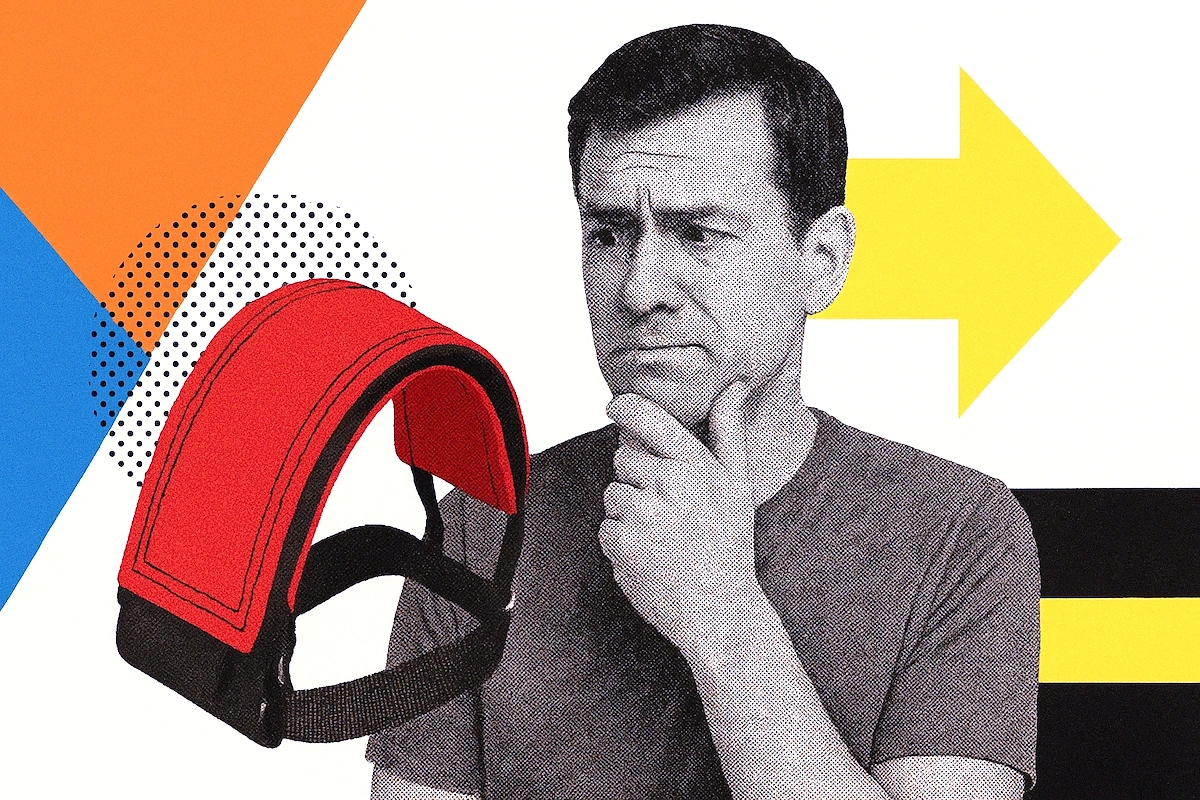
The beauty of toe cages? You can wear normal shoes—sneakers, boots, whatever. No special cycling shoes required. This makes them incredibly practical for commuting, errands, or just cruising around the city.
I’ve been running toe cages on my daily rider for years. They give me confidence to stand up and sprint, descend steep hills, and ride through winter without worrying about my foot slipping off at the wrong moment.
- MKS Sylvan Half Toe Clips ($25-30) are the classic choice—lightweight aluminum, multiple sizes, and they’ve been around forever for a reason.
- Origin8 Pro Grip ($20-25) offers a more modern design with better clearance.
- Zefal Christophe 43 ($15-20) gets the job done without the premium price tag.
What Are Pedal Straps?
Pedal straps are nylon or leather straps that wrap over the top of your foot, securing it to the pedal from the sides. Unlike toe cages that enclose your toes, straps hold your entire foot down from above.
The advantage? They’re minimal, lightweight, and come in tons of colors and patterns. You can customize your bike’s look while getting solid foot retention. The disadvantage? They can feel less secure than toe cages during aggressive riding.
Pedal straps are popular in the fixie scene because they look clean and modern. Plus, they’re typically the cheapest foot retention option—most quality straps run $15-25.
Need some foot retention? Below are a few solid options:
- Hold Fast Straps ($20-25) are the gold standard—bomber construction, secure hold, and they last forever.
- Fyxation Gates Strap ($18-22) offers quick adjustment and comes in wild colors.
- BV Bike Toe Straps ($12-15) are the budget option that still gets the job done.

Did you know?
Pedal straps originated in track cycling in the 1970s when riders needed foot retention but wanted something lighter than traditional toe clips. The velcro strap design we use today was popularized by messenger cyclists in the 1990s.
What Are Clipless Pedals?
Clipless pedals are a complete system—special pedals plus cleats that bolt to the bottom of cycling shoes. You clip in and out similar to ski bindings. Despite the name “clipless,” you’re actually clipping into them. (The name comes from eliminating old-school toe clips.)
Clipless pedals offer maximum power transfer and control. Your foot is locked into the perfect position, letting you pull up on the pedal with serious force. They’re the choice for serious riders, racers, and long-distance cyclists.
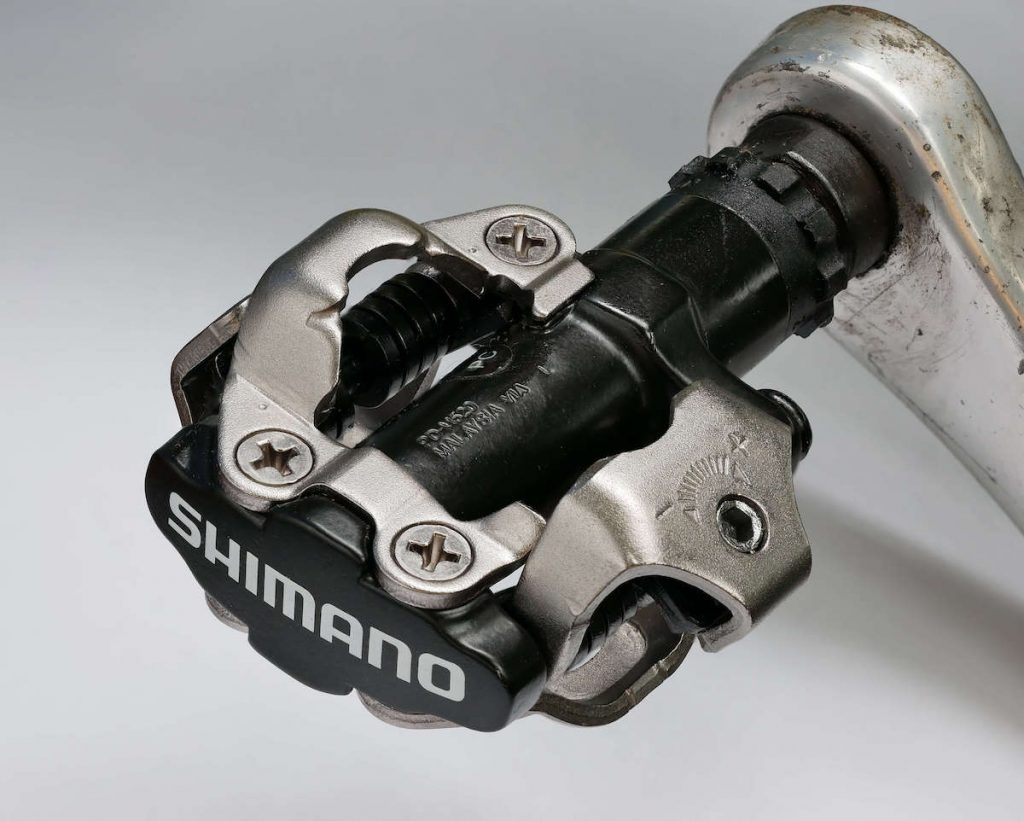
But here’s the catch: you need special shoes ($60-300), you can’t walk normally in them (those cleats stick out from the sole), and there’s a learning curve. Everyone falls at least once while learning to clip in and out. It’s a rite of passage.
Shimano SPD pedals ($60-80) are the entry point for most riders—durable, double-sided, and compatible with recessed cleats you can walk in. Look Keo ($80-150) are popular with road cyclists but terrible for walking. Speedplay ($200+) offer unique float and adjustability but cost a fortune.

Warning…
Learning to ride clipless takes practice. Expect to tip over at stoplights at least once. It’s embarrassing but happens to everyone. Start in a grassy area where falling won’t hurt as much.
Toe Cages vs Pedal Straps vs Clipless: The Real Differences
Let’s cut through the BS and compare these head-to-head:
| Feature | Toe Cages | Pedal Straps | Clipless Pedals |
|---|---|---|---|
| Price | $20-30 | $15-25 | $60-150+ (plus $60-300 shoes) |
| Installation | Bolts to pedals | Wraps through pedals | Requires special pedals + cleats |
| Shoes Required | Any shoes | Any shoes | Cycling shoes only |
| Security | Very secure | Moderately secure | Extremely secure |
| Easy On/Off | Moderate | Easy | Requires unclipping |
| Power Transfer | Good (~80%) | Good (~75%) | Excellent (~95%) |
| Best For | Commuting, street | Casual riding, style | Racing, long rides |
| Learning Curve | Low | Very low | High |
The biggest difference is how they secure your foot. Toe cages work from the front, straps work from the top, and clipless locks your entire shoe to the pedal. Each has trade-offs.
Price is the second major factor. Toe clips and straps cost $15-30 total. Clipless systems run $120-450 when you factor in pedals plus shoes. That’s a significant investment for a system that might not fit your riding style.
Look and style matter too. I prefer the classic aesthetic of toe cages—they give a bike that vintage, refined look. Pedal straps have a more youthful, modern vibe and come in endless colors. Clipless pedals look serious and performance-oriented.
Why You Actually Need Foot Retention (The Advantages Nobody Mentions)
A few years ago, I was accelerating hard on the side of the road. I stood up on the pedals to sprint—and my foot slipped off. I went down ugly, hitting the asphalt with my full weight. Scraped up, embarrassed, and lucky I didn’t get hit by a car.
That crash changed everything. I got toe cages within a week, and I’ve never had my foot slip since. Not in rain, snow, or aggressive sprints. The confidence boost alone is worth the $25 investment.

Foot retention is essential for several critical reasons:
First, safety. Your foot stays planted on the pedal no matter what. Bumps, sprints, wet conditions—doesn’t matter. You maintain control of the bike because your feet don’t slip.
Second, power and efficiency. With foot retention, you can pull up on the pedal during the upstroke instead of just pushing down.
This gives you a more complete pedal stroke and better power transfer. Studies show efficiency gains of 20-30% with proper foot retention versus flat pedals.
Third, skid stopping. If you’re riding fixed gear without hand brakes (or even with just a front brake), foot retention is mandatory. You need that pull-up force to lock the rear wheel and skid. Without it, you’re relying solely on leg strength to resist the pedals—which works until you hit a steep hill or need to stop quickly.

Pro Tip
Even if your fixie has a front brake, foot retention makes skid stopping easier and more controlled. The push-pull action lets you modulate the skid precisely, giving you better stopping power on hills.
Winter riding is where foot retention really shines. I ride through snow and ice regularly, and toe cages give me confidence that my foot won’t slip at a critical moment. That security is priceless when conditions are sketchy.

Did you know?
Professional track cyclists generate up to 2,000 watts of power during sprints. Without foot retention, they’d lose 30-40% of that power on the upstroke. That’s why every track rider uses clipless pedals or straps.
Which Is Better: Toe Cages or Pedal Straps?
For the average fixed-gear rider, toe cages are better. They provide more security, better foot positioning, and a classic look that suits most bikes.
But pedal straps have their place—especially for riders who prioritize style and easy on/off convenience.
I’m not saying clipless pedals are bad, but they’re overkill for most fixie riders. Sure, they offer maximum power transfer and control. But for commuting, running errands, or casual street riding, the convenience of wearing normal shoes beats marginal performance gains.
Toe cages give you 80-90% of clipless performance at a fraction of the cost and hassle. You can hop on your bike wearing boots, sneakers, or whatever. You can walk into a store, office, or bar without looking like a cyclist who got lost. That practicality is huge for real-world riding.
My recommendation — Start with toe cages. They’re the sweet spot of security, performance, and practicality. If you decide you want something more aggressive later, you can always upgrade to clipless. But toe cages will serve most riders perfectly for years.
If you’re drawn to the aesthetic of pedal straps or want something super minimal, go for it. Just know they’re slightly less secure during hard efforts. For casual riding and cruising, they’re totally fine.
Avoid clipless unless you’re racing, doing century rides, or already committed to serious cycling. The cost, inconvenience of special shoes, and learning curve aren’t worth it for most fixed-gear riders.
If you need some guidance picking pedals for your toe cages or straps, check out guides on choosing fixed-gear pedals. And if you’re building or upgrading your fixie, explore options for the best fixed-gear bikes.
Frequently Asked Questions (FAQ)
The main benefit is safety and control—your foot won’t slip off the pedal during sprints, bumps, or wet conditions. Toe clips also improve pedaling efficiency by letting you pull up on the upstroke, giving you 20-30% better power transfer than flat pedals. Plus, they’re essential for skid stopping on fixed gear.
They’re not necessary for single-speed bikes with brakes, but they’re required for riding fixed gear without brakes. Even with brakes, straps or clips make riding safer and more efficient. If you ride fixed, foot retention isn’t optional—it’s mandatory for controlling the bike.
Yes, toe clips are still popular, especially among fixed-gear and vintage bike enthusiasts. However, most riders don’t use them correctly. You should tighten the straps after you start pedaling to get maximum benefit. Otherwise, you lose most of the advantages and might as well ride flat pedals.
Absolutely. For $15-25, pedal straps dramatically improve your riding safety, efficiency, and control. They’re the cheapest foot retention option and work with any shoes. If you’re on the fence, just buy them—you’ll wonder how you ever rode without them.
No. Clipless pedals require cycling shoes with cleats bolted to the sole. You cannot ride them with sneakers or regular shoes. This is why many riders prefer toe cages or straps—you can wear whatever shoes you want.
Tight enough that your foot won’t slip out during hard efforts, but not so tight you can’t quickly pull your foot out in an emergency. You should be able to twist your foot out with moderate force. Start loose and tighten as you get comfortable.
Final Thoughts
Some cyclists prefer pedal straps because of their modern look and easy on/off convenience. Others choose toe cages for that refined, classic aesthetic. And some go full clipless for maximum performance.
The choice is yours, but, foot retention is non-negotiable for fixed-gear cycling. The advantages are too significant to ignore—better safety, improved efficiency, proper control, and the ability to skid stop. Whether you choose cages, straps, or clipless, just choose something.
For most riders, toe cages are the sweet spot—secure, practical, affordable, and they look great. They’ll serve you well for years without the hassle or expense of clipless systems. Start there, and you’ll immediately understand why foot retention changes everything about riding fixed gear.
Order a set today. Your confidence, control, and riding enjoyment will improve instantly. Trust me—after you’ve ridden with foot retention, you’ll never want to go back to flat pedals.


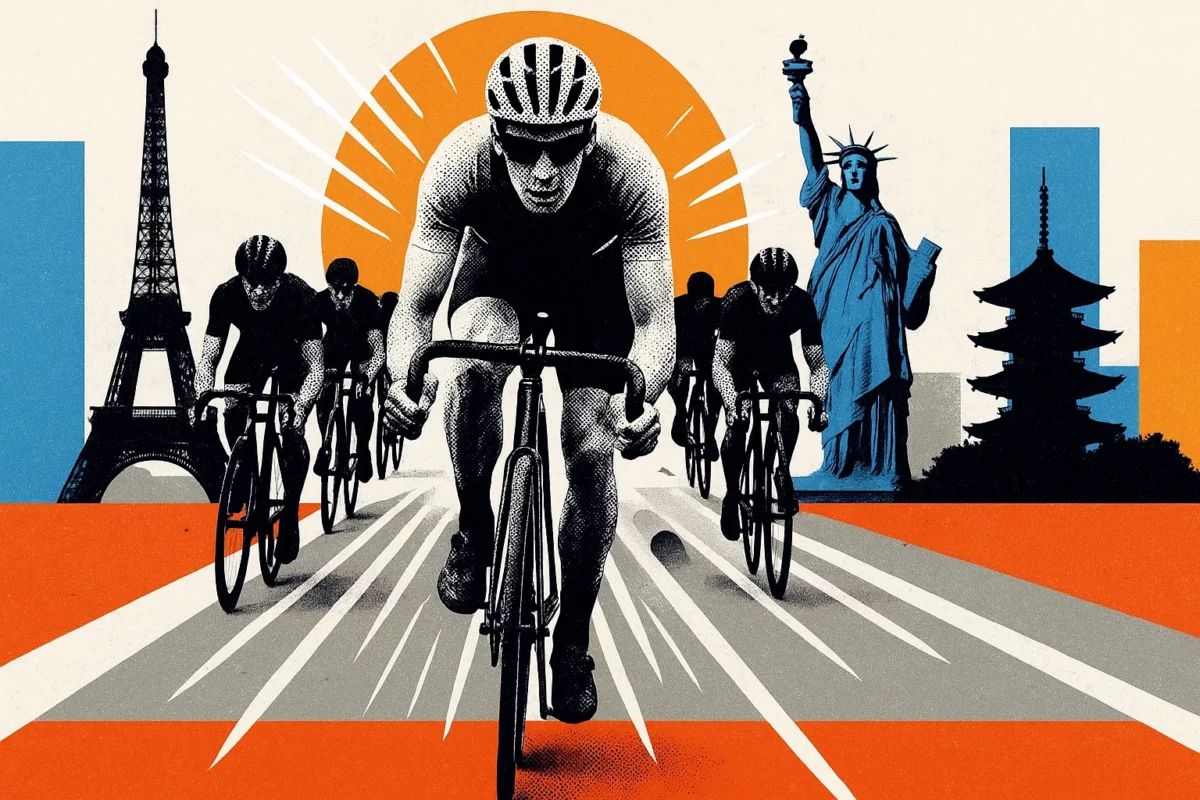
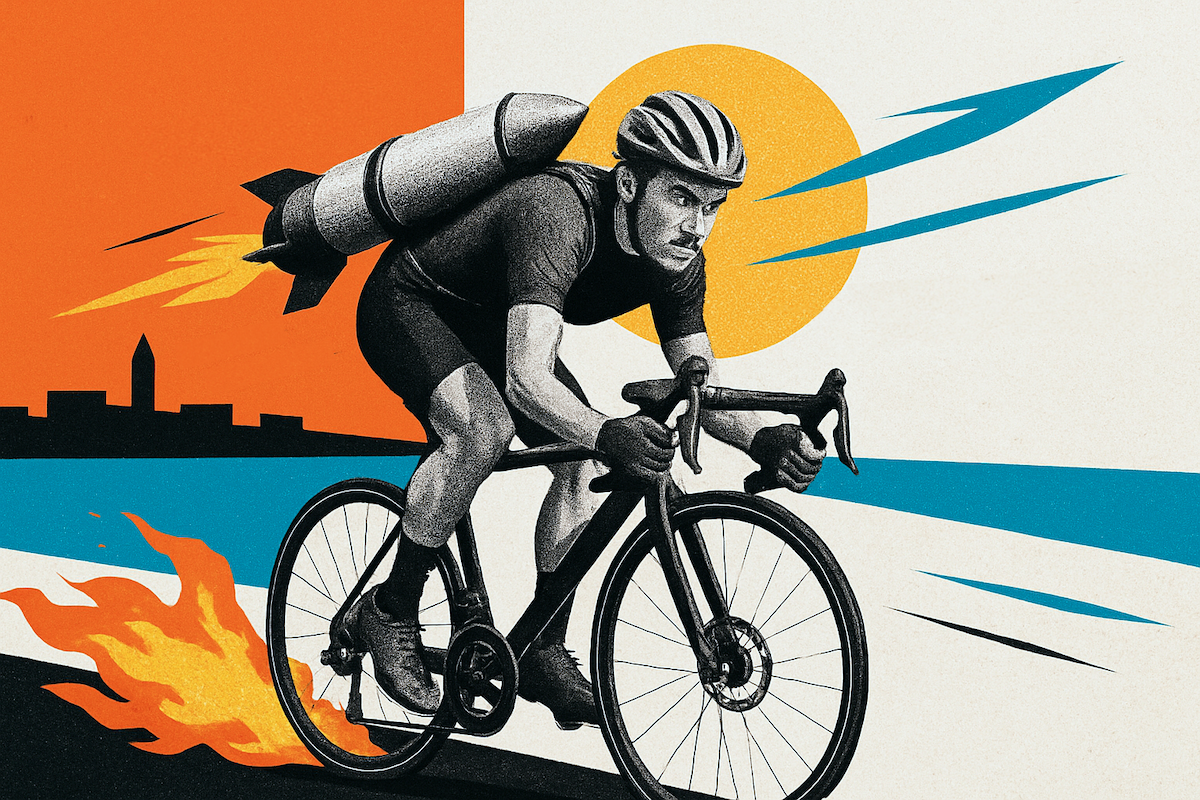


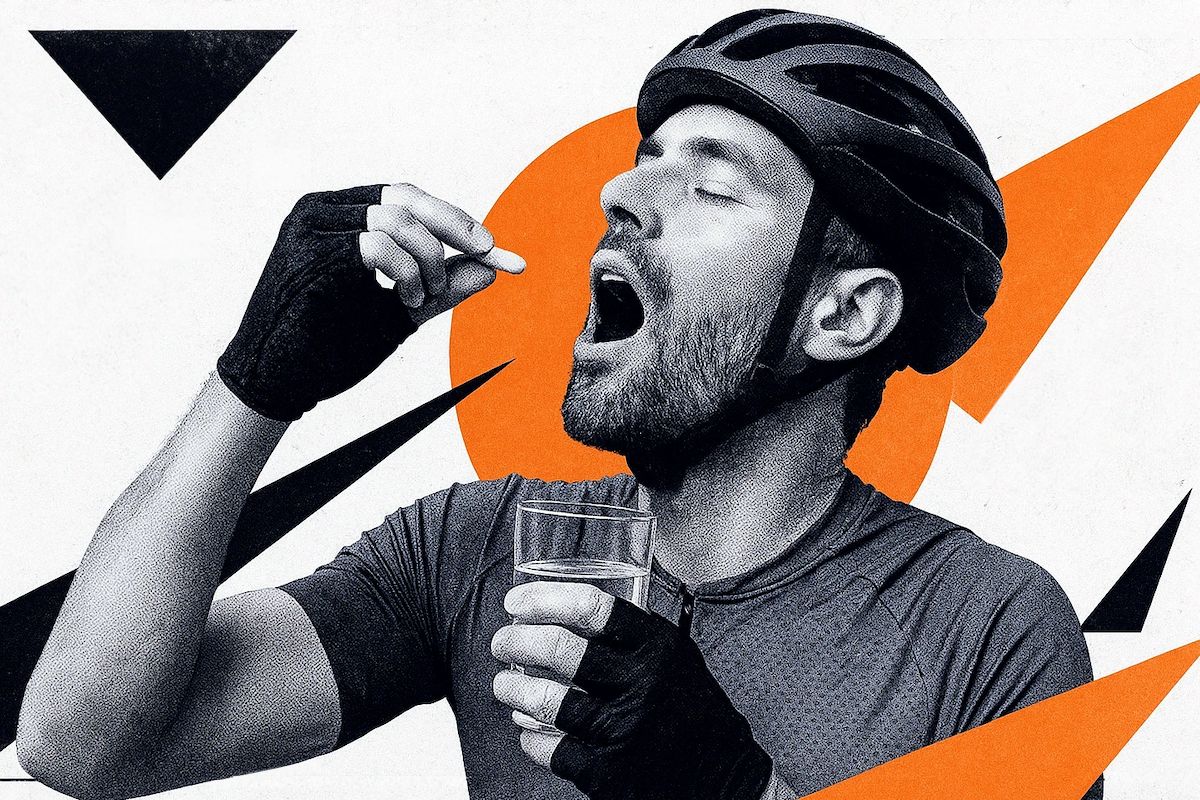

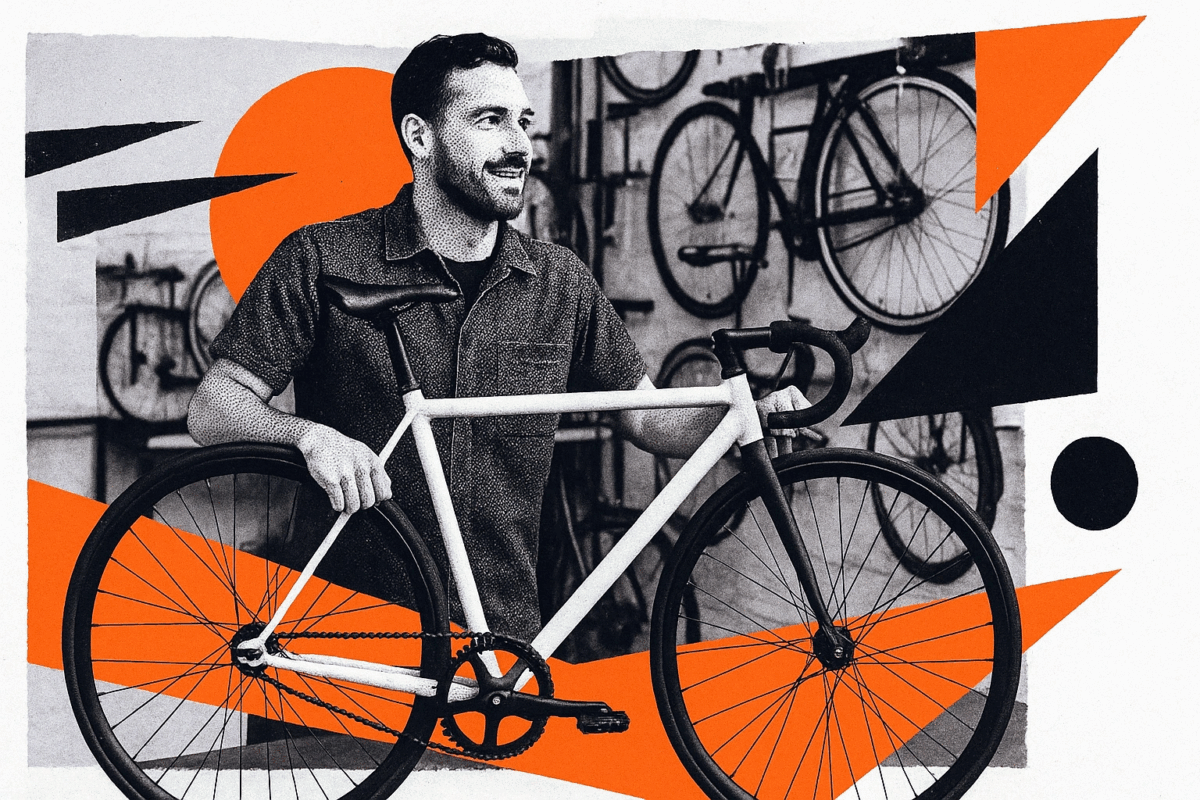
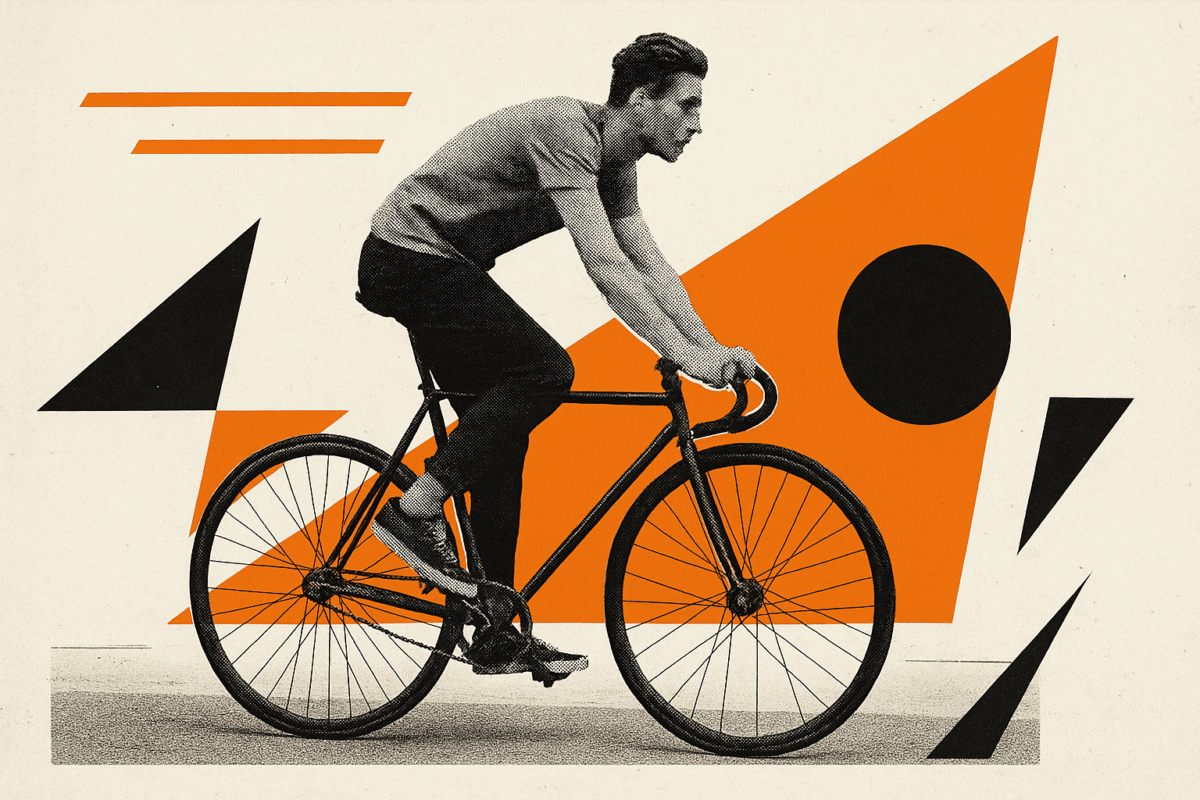
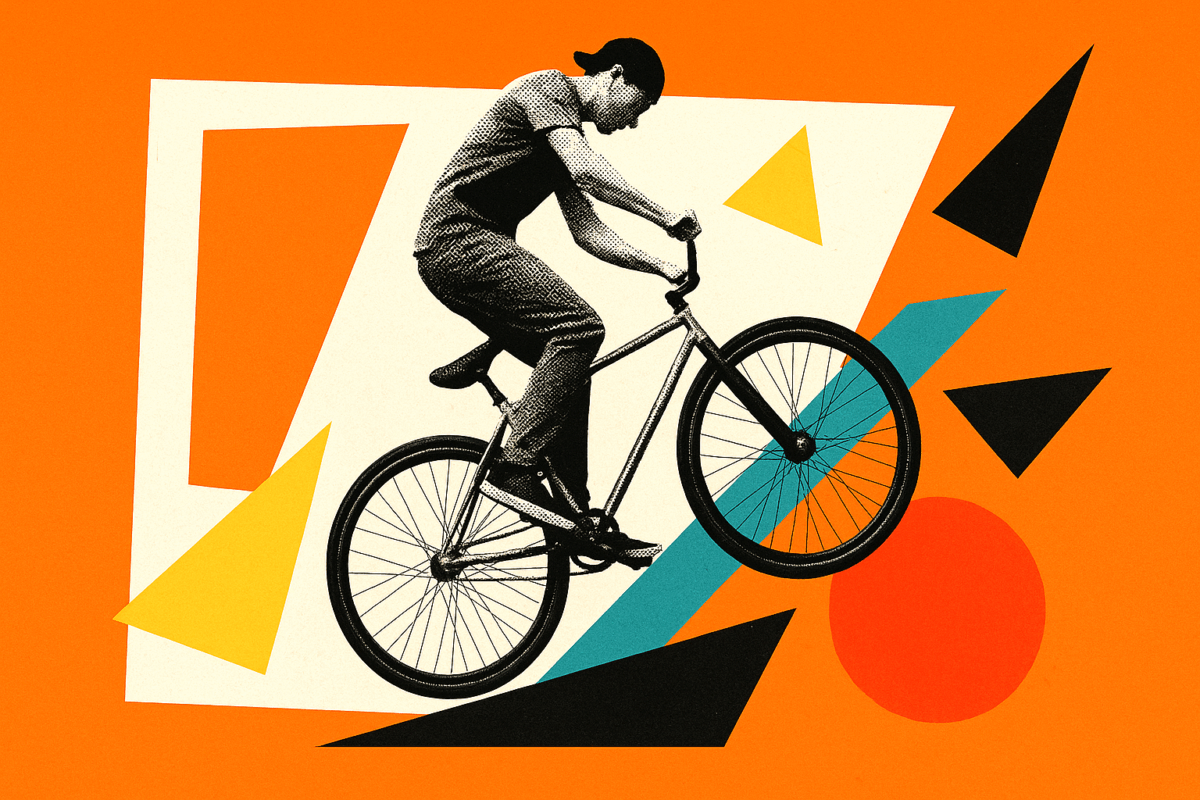













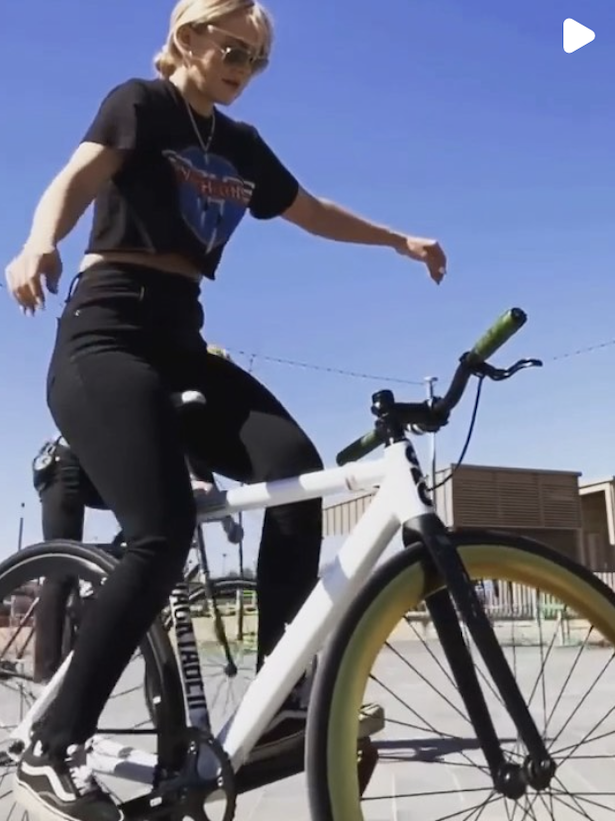

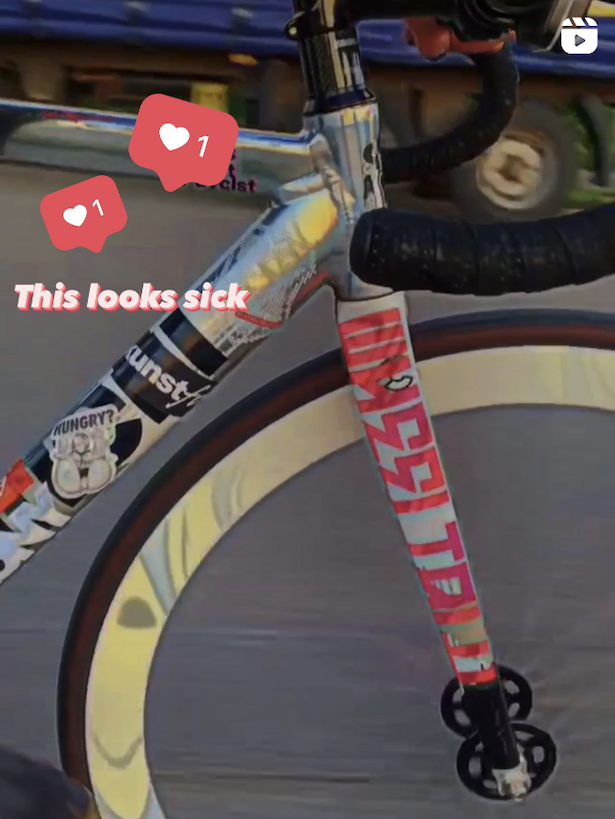
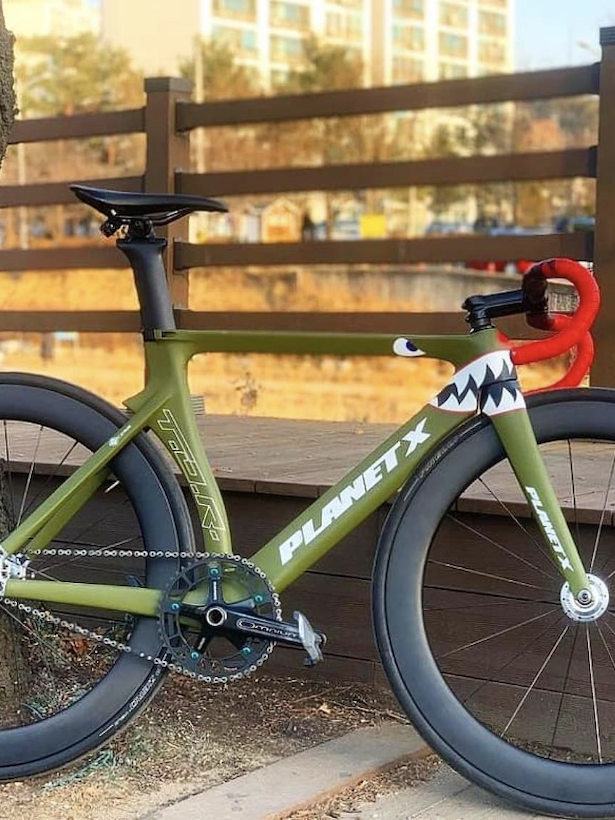
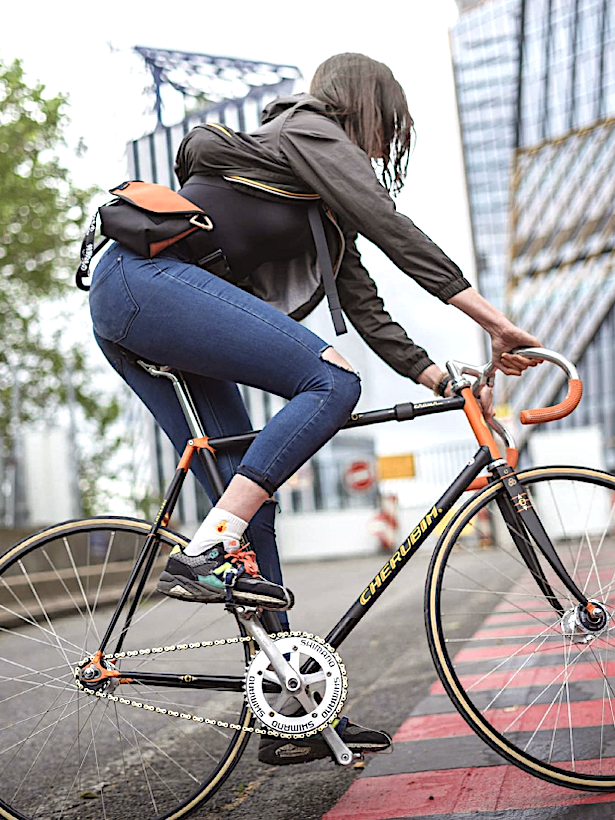
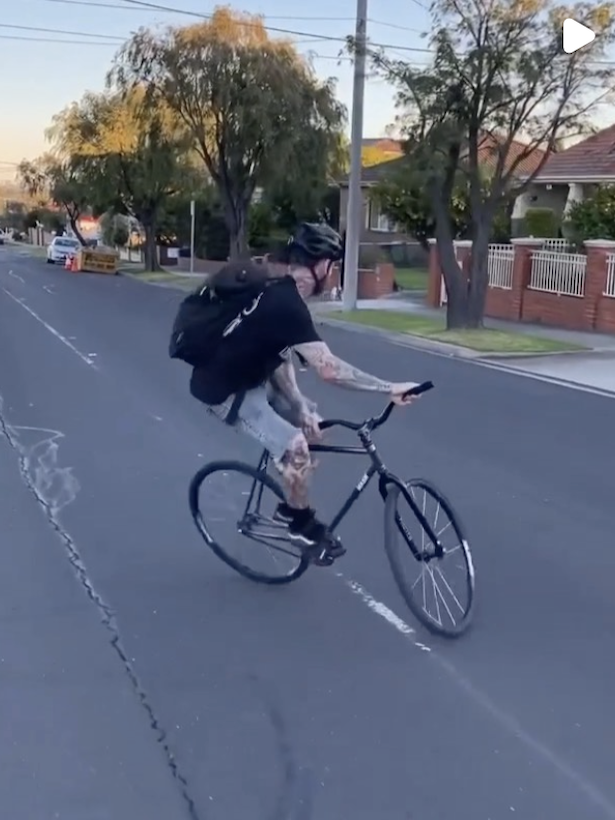
I’ve used cages since high school when I bought a racing bike off a friend who upgraded. I’ve yet to hear a convincing argument to make me drop the extra money, be limited in footwear, and have to develop a reflex to get my foot off the pedal in time when time is limited and my attention is elsewhere.
When I bought a used Pinarello, I just swapped the pedals with the “rat traps” off my old Bridgestone. I need to switch to a touring/gravel bike, and the ones I’m looking at come with toe clips, which I expect to keep.
Hey Miles. Thanks a ton for the info. I love to hear other perspectives on this topic. I agree. The limited footwear and reflex development is asking a-lot! All the best of luck to you and stay fixed!
Trying to decide for myself right now… Do I clip in or not? Just started road cycling 2 years ago and love it. Have been buying used bikes, until now.. I just purchased a Specialized Roubaix. After lots ( and lots and lots ) of research, I finally decided at my age ( over 50 ) one could use comfort on my 20 mile rides. The fear of clipless pedals is real. I’m thinking just stay with basket..will clipping in REALLY make that much difference when cycling? I came upon a big black bear last summer, I can’t imagine if I was clipped in lol I probably would’ve fell on my face.
It’s a great question (nice bike). To be honest, given the examples you mentioned, I would stay away from the clipless pedals. I would go for a really fancy, classy pair of the toe clip-style straps. They will do you just fine, without the worry of falling on your face the next time you see a black bear. Thanks for reading!